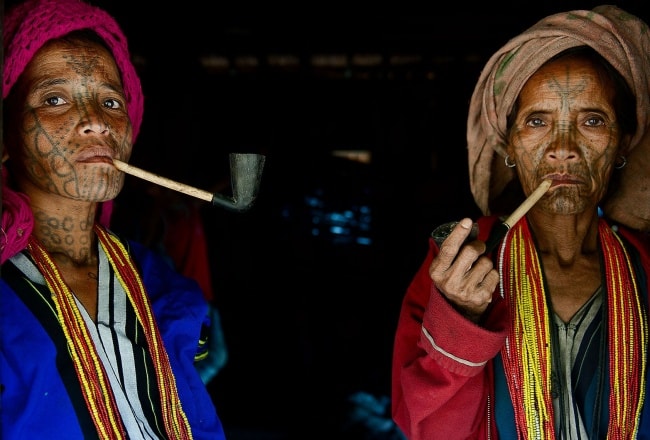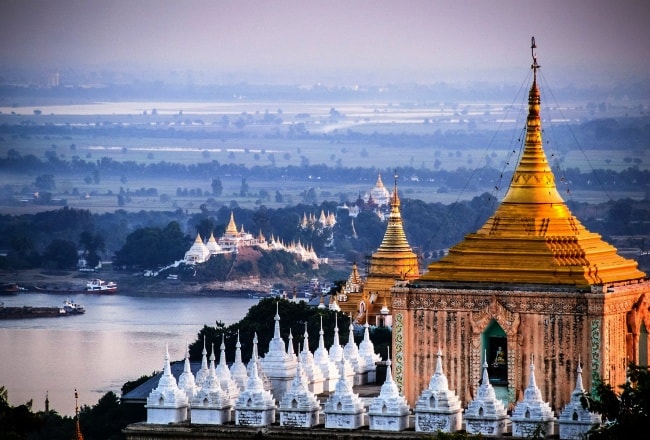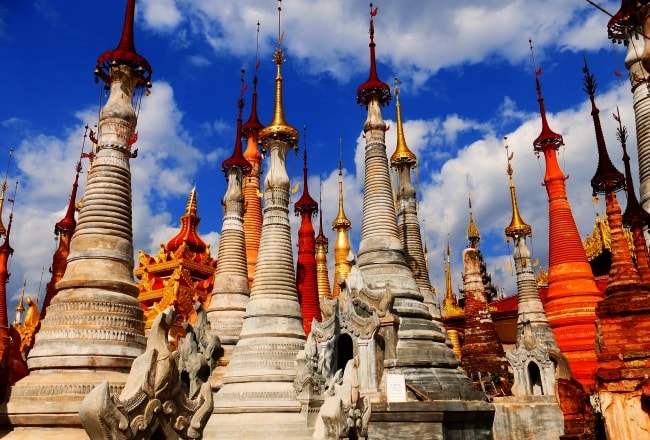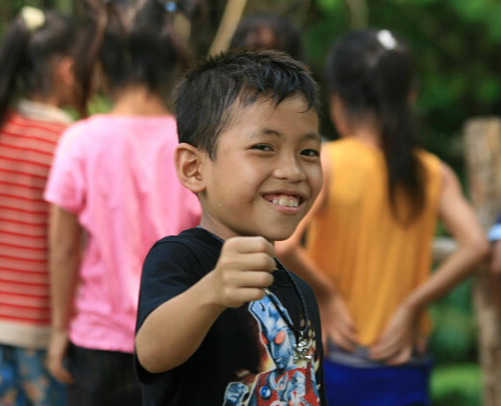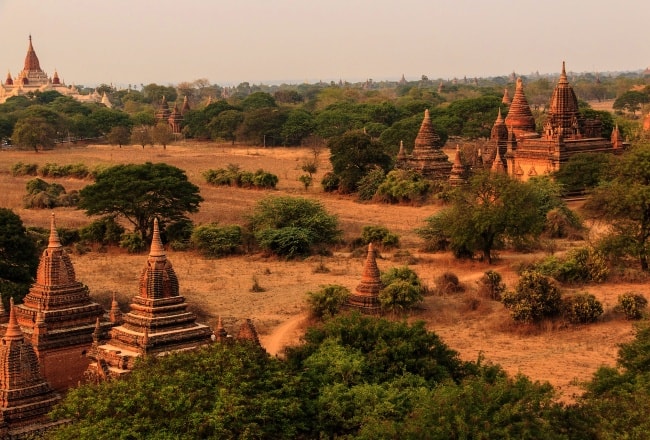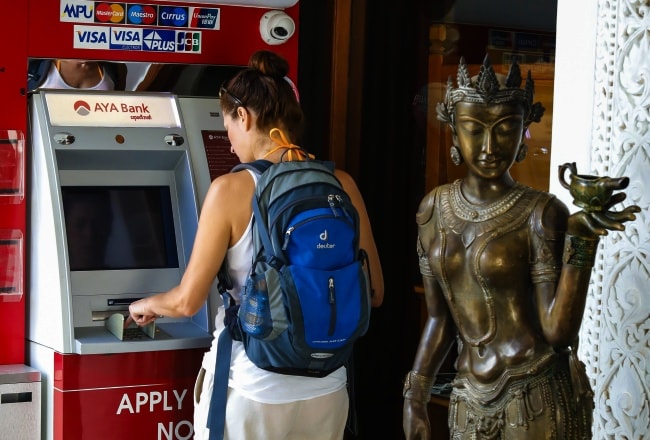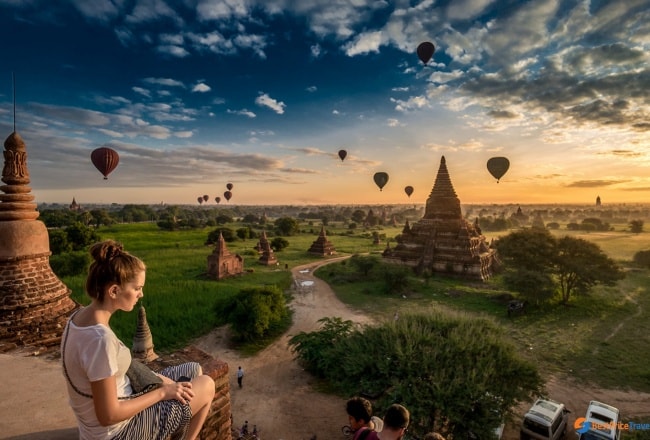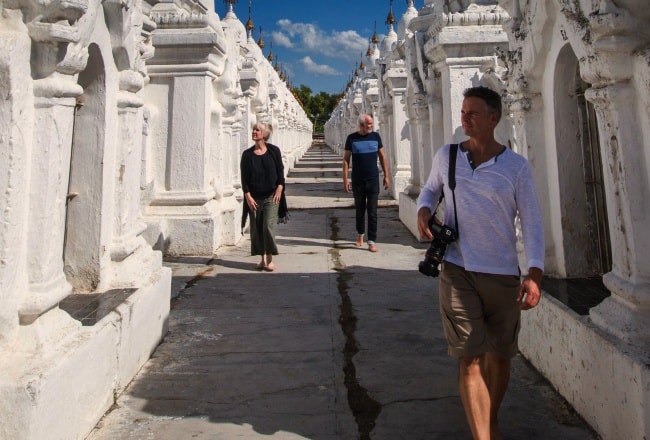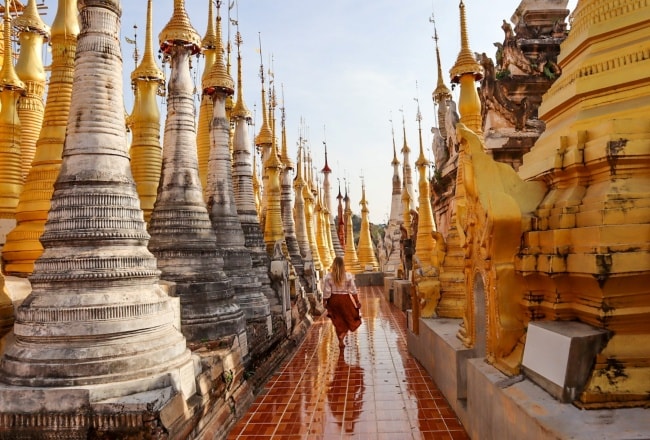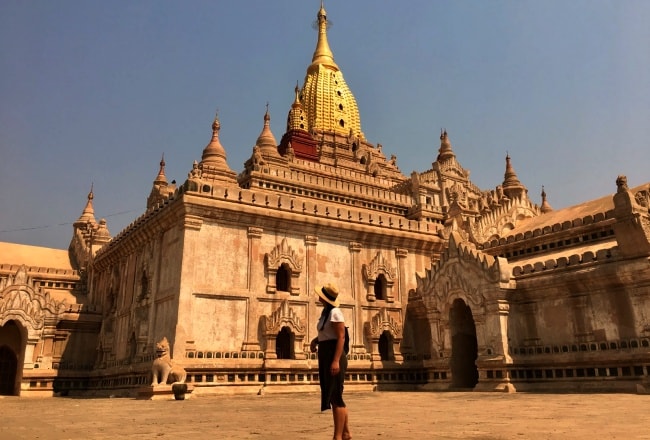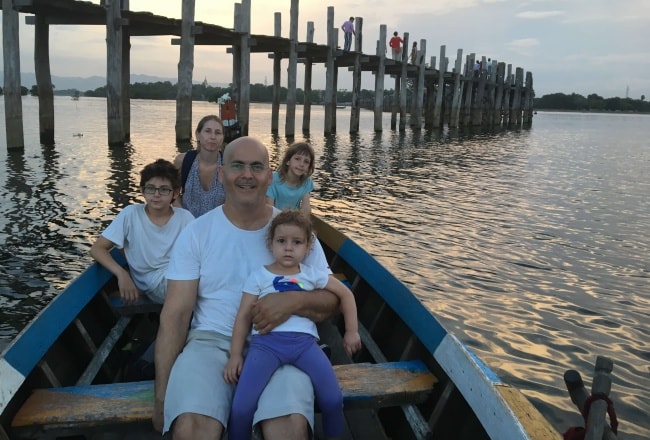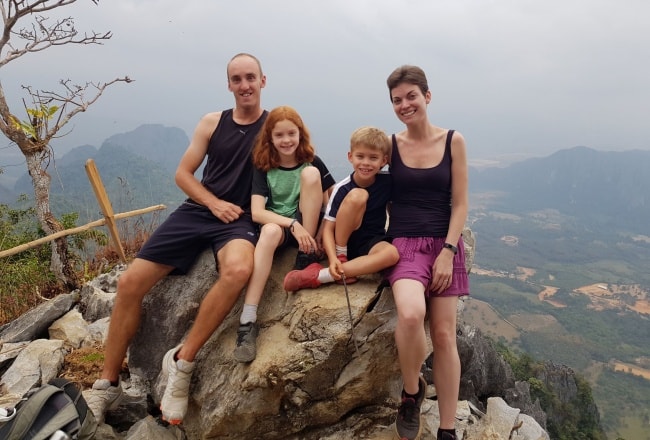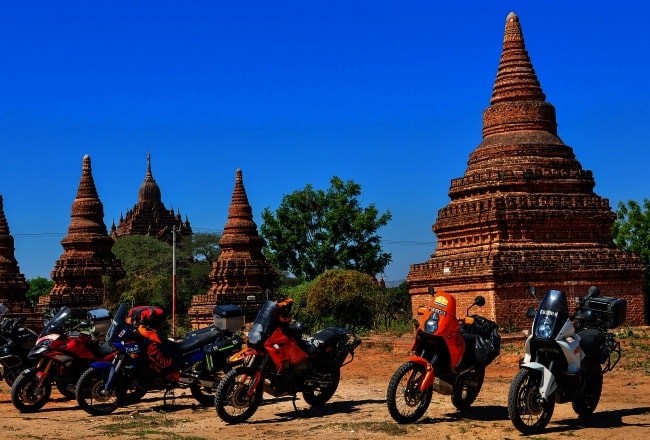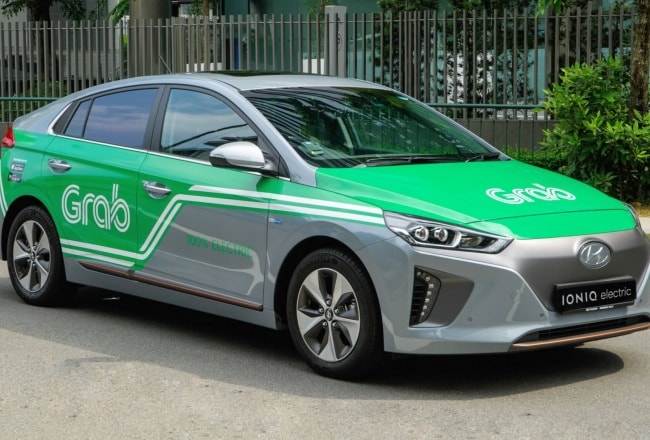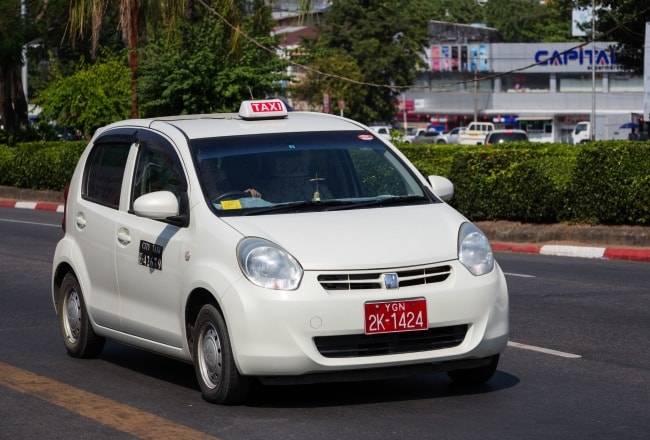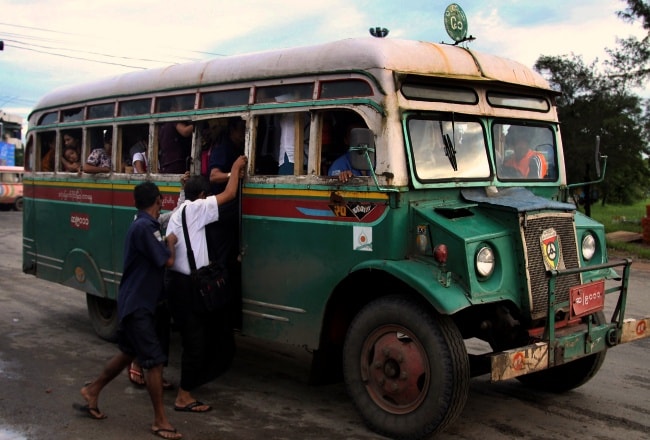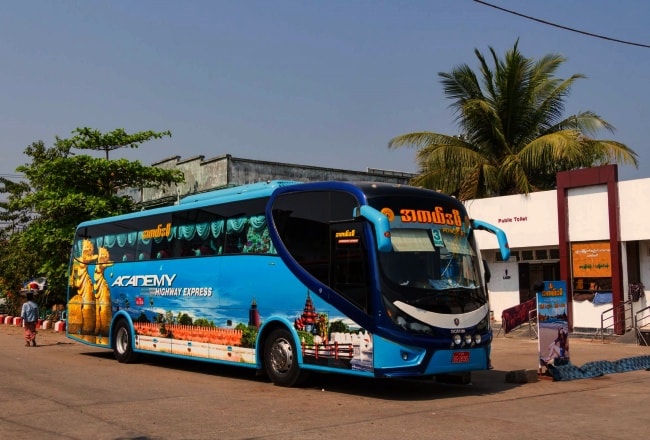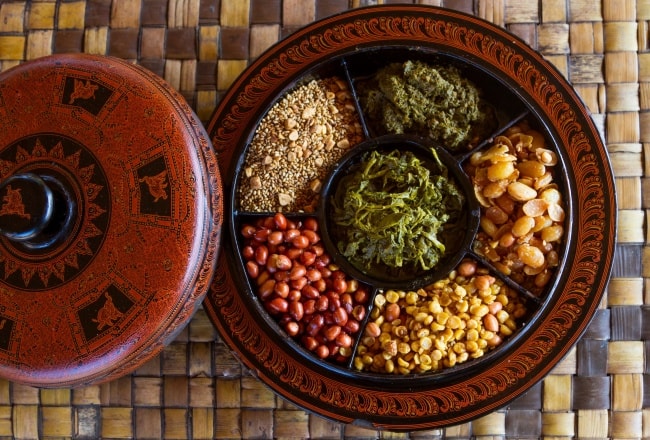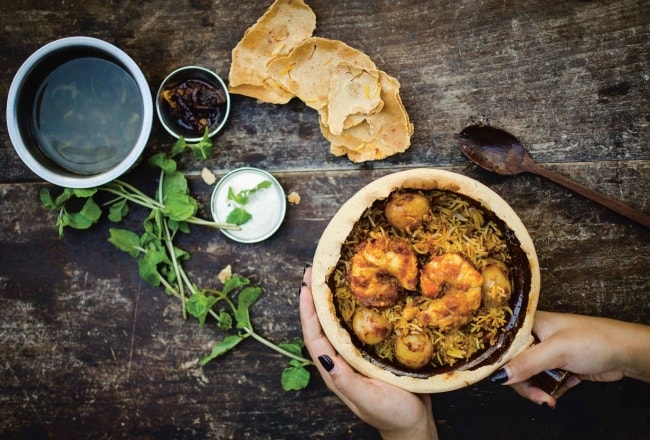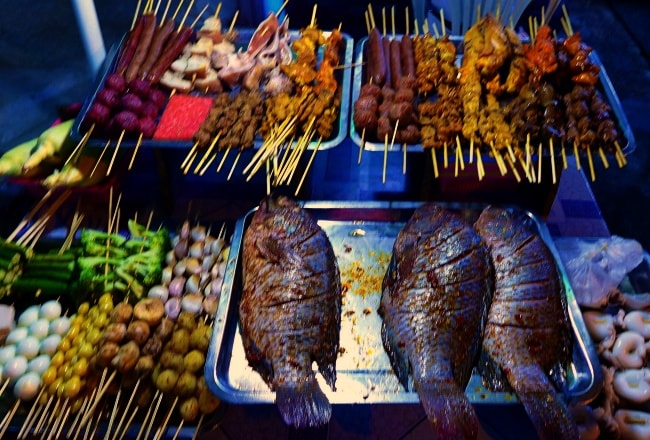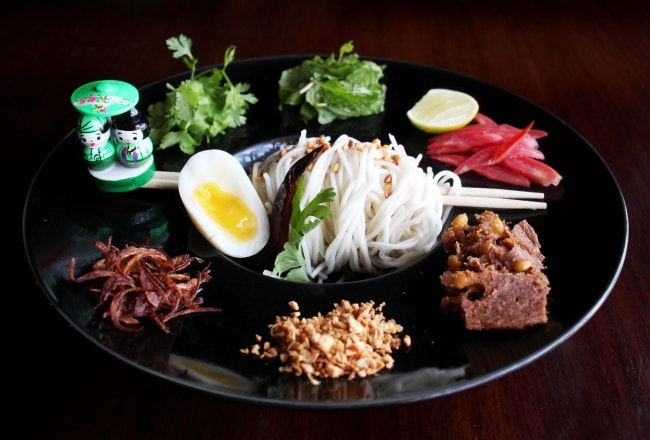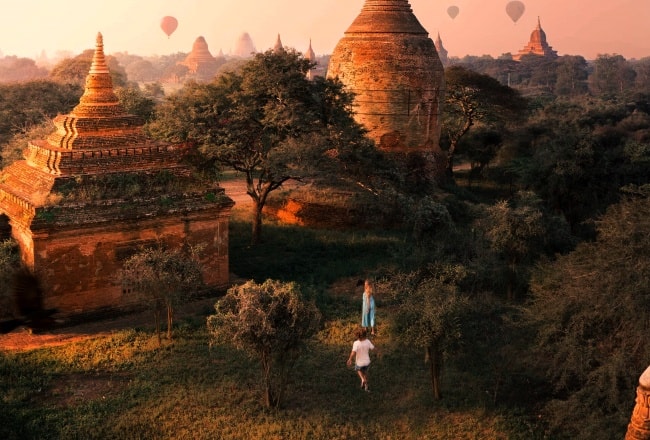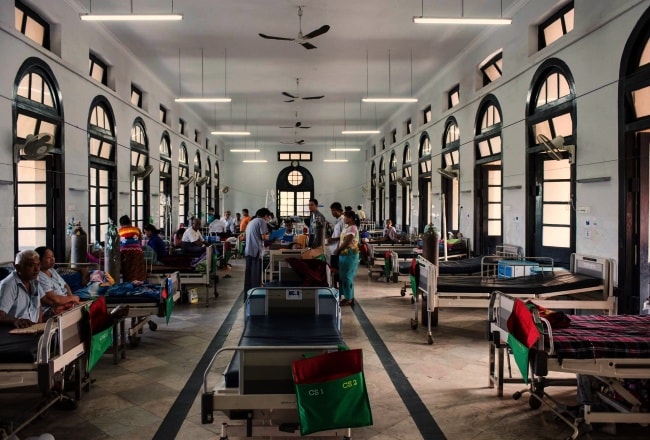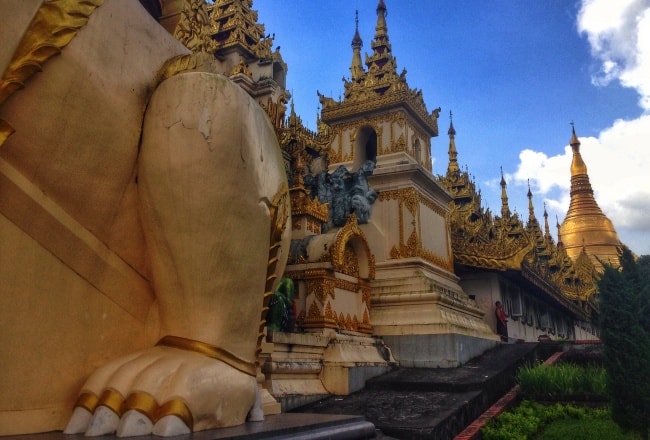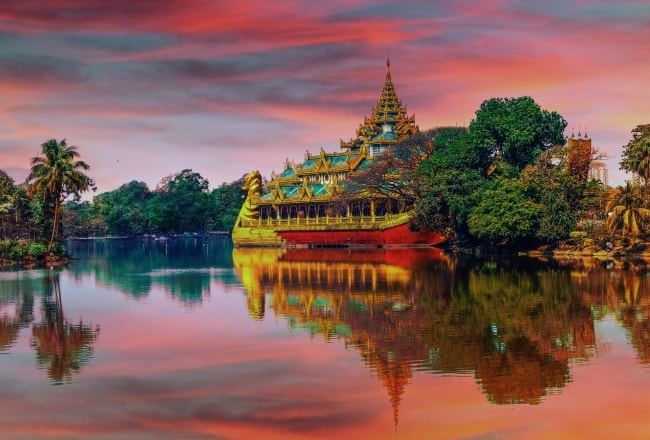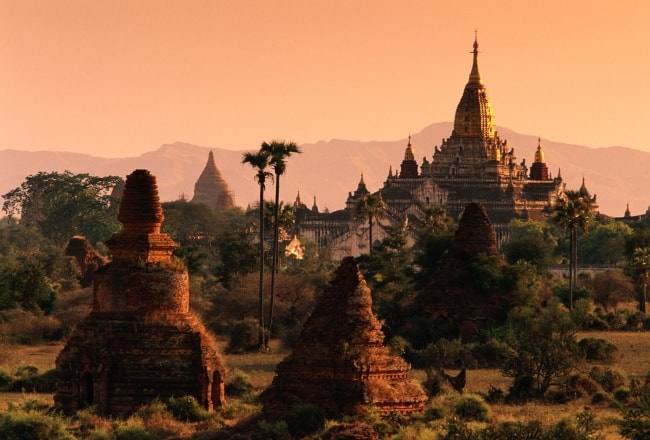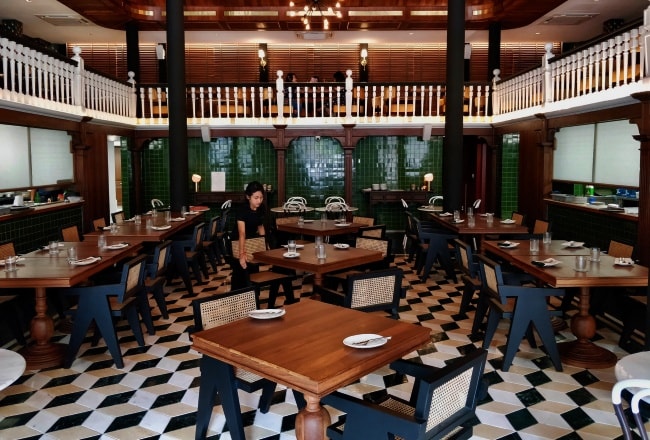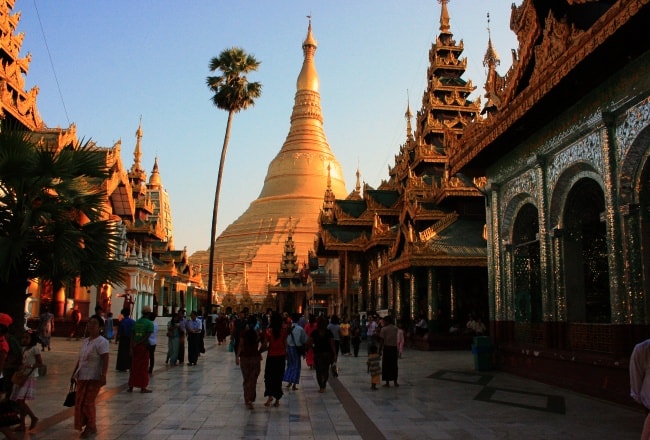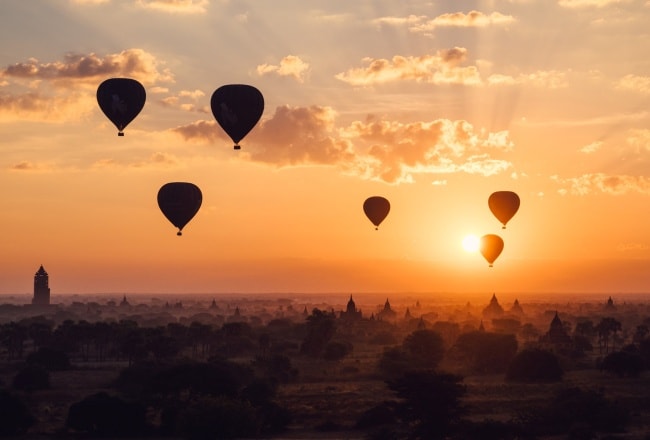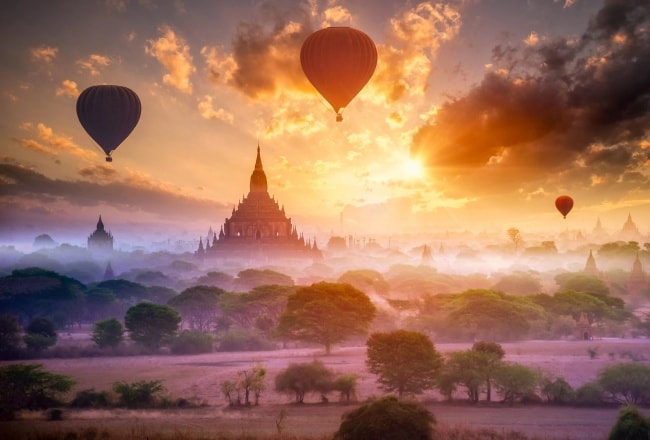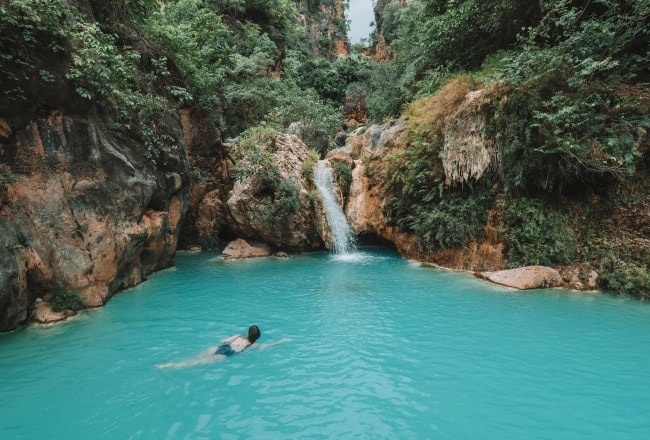Safety Guidelines for Hiking
We've heard about some travellers finding new paths and staying in the hills for a week or more. Most, however, stick with day trips. Here are a few points to consider before lacing up the boots:
Hike with at least one companion; in most cases it's best to hire a guide.
Do not venture by foot into areas restricted to foreigners; ask around before taking off.
Camping in the hills is not technically legal, as foreigners must be registered nightly with local authorities by owners of 'licensed accommodation'.
Trail conditions can get slippery and dangerous, especially in the rainy season.
Walk only in regions within your capabilities – you're not going to find a trishaw out there to bring you back.
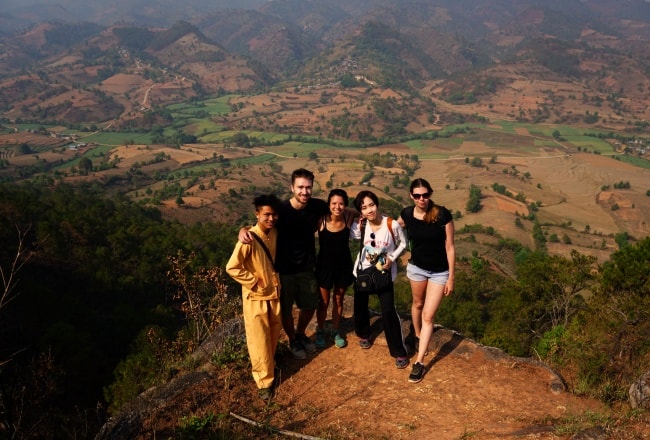
Bugs, Snakes, Rats & Monkeys
Mosquitoes, if allowed, can have a field day with you. Bring repellent from home, as the good stuff (other than mosquito coils) is hard to come by. Some guesthouses and hotels don't provide mosquito nets.
Myanmar has a high incidence of deaths from snakebite. Watch your step in brush, forest and grasses.
Family-run guesthouses, particularly in rural areas, might have a rodent or two. Wash your hands before sleeping and try to keep food out of your room.
In a few sites, such as Hpo Win Daung Caves, near Monywa, or Mt Popa near Bagan (Pagan), you'll have monkeys begging for snacks. Take care as bites are possible.
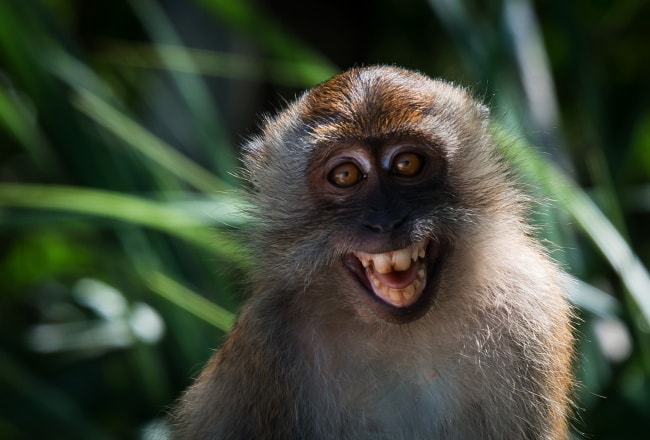
Crime
While not unheard of, crimes such as mugging are rare in Myanmar. Locals know that the penalties for stealing, particularly from foreigners, can be severe. Most travellers' memories of locals grabbing their money are of someone chasing them down to return a K500 note they dropped. If someone grabs your bag at a bus station, it's almost certainly just a motorcycle-taxi driver hoping for a fare.
Insurgents & Landmines
Large parts of northern, eastern and southern Shan State, as well as areas in Kachin, Kayin and Rakhine States, remain off limits to travellers because of ongoing fighting between the Burmese military and various armed ethnic organisations.
Landmines in restricted border areas are a threat.
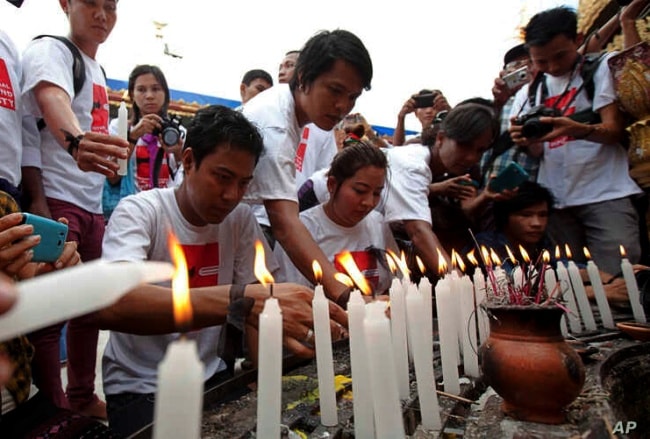
Scams & Hassle
Myanmar touts are pretty minor league in comparison with others in the region. Most hassle is due to commissions. These small behind-the-scenes payments are made, whether you like it or not, to a taxi, trishaw driver or guide who takes you to a hotel, to buy a puppet or even to eat some rice.
When arriving at a bus station, you may be approached by touts, some of whom will try to steer you to a particular hotel that offers them a commission. Be wary of claims that your chosen place is 'no good', though in some cases motorcycle-taxi drivers who warn travellers that 'foreigners can't stay there' turn out to be correct. If you know where you want to go, persist and they'll take you.
That said, a few travel-related businesses and touts do go to creative lengths or use hard-sell techniques to rustle up customers, so try to keep your wits about you.
Be wary of fanciful offers of jade or other gems, as some are filled with a worthless rock or concrete mixture. Never buy gems on the street.
People may approach you to say hello. In some cases, they're just curious or want to practise some English; in other cases the conversation switches suddenly from where you're from to where you might need to go. However, it's all pretty harmless.
Do not change money on the street.
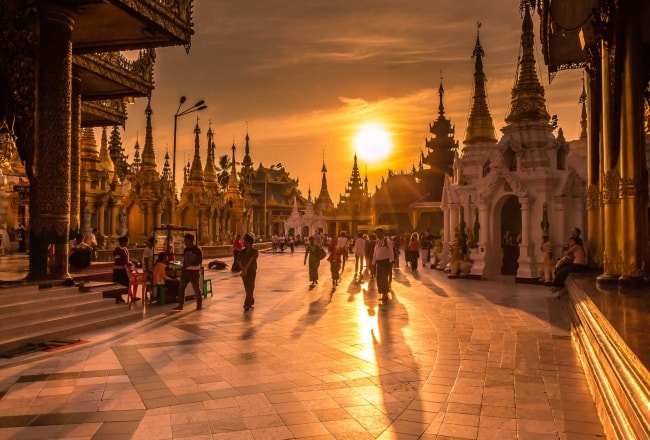
Transport & Road Hazards
The poor state of road and rail infrastructure plus lax safety standards and procedures for flights and boats means that travelling can sometimes be dangerous.
Safety often seems to be the last consideration of both drivers and pedestrians. Proceed with caution when crossing any road, particularly in cities. Do not expect drivers to follow road rules.
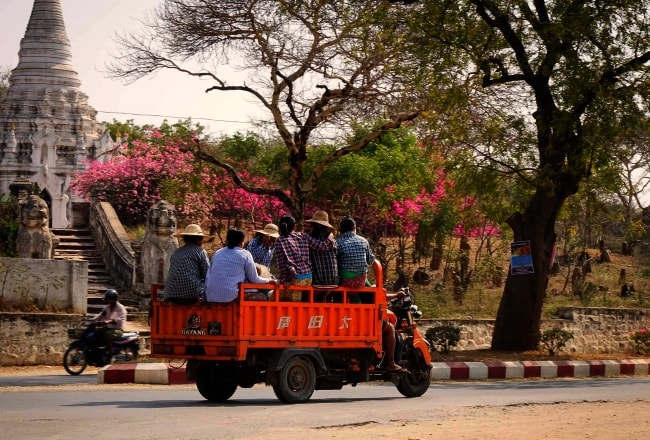
Tattoos & Buddha Images
Depictions of Buddha deemed inappropriate or offensive by Buddhists have caused serious problems for visitors to Myanmar. In 2015 a New Zealand bar manager in Yangon spent 10 months in jail for posting on Facebook an image of Buddha wearing headphones to promote a cheap drinks night. In 2016 a Spanish tourist was deported when monks in Bagan saw that he had a tattoo of Buddha on his leg. Heed local religious sensitivities and moderate your behaviour accordingly.
